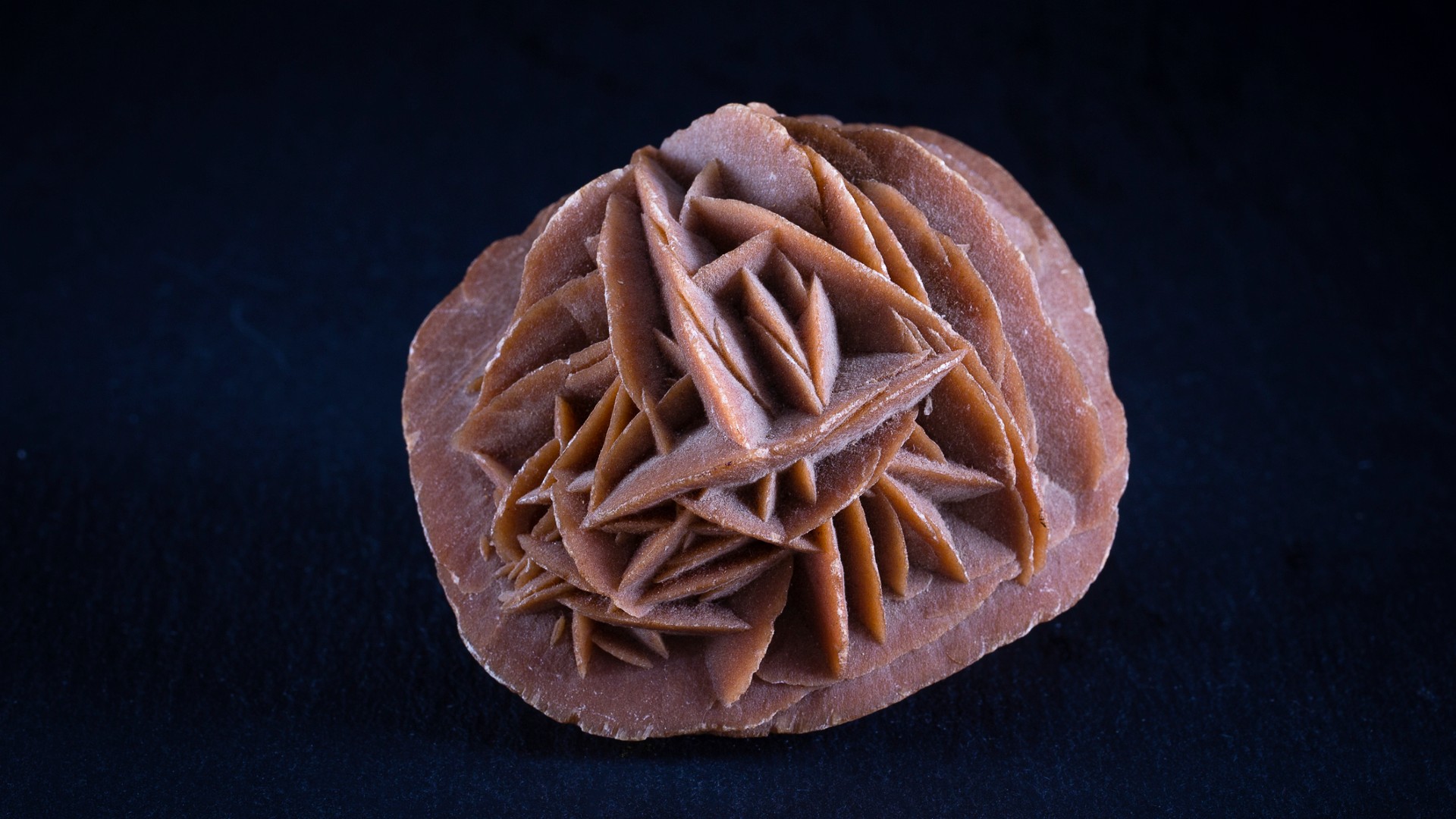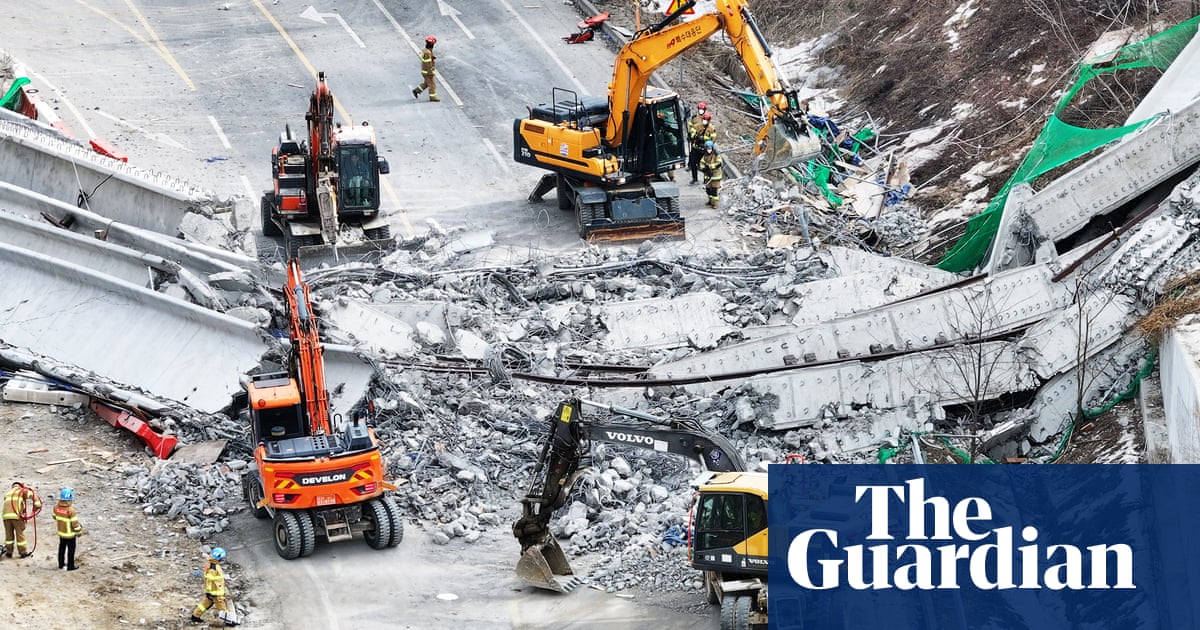Scientists searching for the fossilized remains of ancient microbes on Mars now have a better idea of what signs they should be looking for, thanks to a new study of Earthly microbial fossils embedded in the mineral gypsum that was produced when the Mediterranean Ocean dried up over 5 million years ago.
Mars was once wet, with rivers and lakes and even an ocean that existed on the Red Planet between about 4.1 and 3.7 billion years ago. That liquid water has now all gone, either frozen into polar ice caps or as permafrost beneath the surface, or evaporated into the atmosphere and lost to space. When water evaporates, it leaves behind sulfate minerals that had been dissolved in the water — a simple school experiment of boiling away rain water reveals this.
One of these minerals is gypsum, which “has been widely detected on the Martian surface and is known for its exceptional fossilization potential,” said Youcef Sellam, who is a PhD student at the University of Bern, in a statement. “It forms rapidly, trapping microorganisms before decomposition occurs, and preserves biological structures and chemical biosignatures.”
Sellam travelled back to his country of origin, Algeria, to sample gypsum from a quarry called Sidi Boutbal, which is located in a region that once upon a time was beneath the water of the Mediterranean. Between 5.96 and 5.33 million years ago, tectonic forces closed what is now the Strait of Gibraltar, temporarily cutting off the Mediterranean from the Atlantic Ocean, prompting the Mediterranean to almost completely dry up. This left behind plentiful salt and sulfate deposits, including gypsum, in an environment that was very similar to how Mars’ dried-up lake- and river-beds are today.
“These deposits provide an excellent terrestrial analog for Martian sulfate deposits,” said Sellam.
To analyze what was in the gypsum-rich samples, Sellam subjected them to a miniature laser-powered mass spectrometer, one chosen because it is small enough to fit on a spacecraft and therefore could serve as a proof of concept for any such instrument that may fly to the Red Planet in the future.
“Our laser ablation ionization mass spectrometer, a spaceflight-prototype instrument, can effectively detect biosignatures in sulfate minerals,” said Sellam. “This technology could be integrated into future Mars rovers or landers for in-situ analysis.”
The laser, when fired at the sample, blasts away crusty material on the surface of the sample, super-heating that material so that it evaporates into a plasma — a cloud of ionized atoms and molecules. A microscope then observes that plasma, identifying the molecules within.
Sellam found long, twisting, microscopic filaments of a type previously identified as being microbial fossils belonging to sulfur-oxidizing bacteria.
These fossil remnants were surrounded by clay minerals as well as dolomite and pyrite. This particular combination of fossils and minerals is particularly telling. Dolomite dissolves in acidic environments, and Mars is believed to have had very acidic waters. However, prokaryotes (primitive, single-celled microbes lacking a distinct nucleus and membrane) can work to increase the alkalinity of their environment. If prokaryotic life existed on ancient Mars, it could have helped dolomite form. In addition, prokaryotes can also help clays form faster.

Sellam had the advantage of already knowing what microbial fossil remnants he could expect to find his Algerian gypsum sample, but we cannot be sure that we could readily identify Martian microbial fossils — their unknown alien nature might make them difficult to distinguish from microscopic rock formations. However, finding things that look like the could be fossils embedded in gypsum surrounded by clay and especially dolomite would be a strong indication that the fossil-like structures are biological, given the connection between those minerals and life.
“Our findings provide a methodological framework for detecting biosignatures in Martian sulfate minerals, potentially guiding future Mars exploration missions,” said Sellam.
Mars missions therefore need to be looking for dolomite and clay in gypsum-rich Martian samples to provide a big clue as to where we might find evidence of ancient life on the Red Planet. However, Sellam says that there is still much to do before this method of finding Martian microbes can be considered watertight.
“While our findings strongly support the biogenicity of the fossil filaments in gypsum, distinguishing true biosignatures from abiotic mineral formations remains a challenge,” he said. “An additional independent detection method would improve the confidence in life detection. Additionally, Mars has unique environmental conditions, which could affect biosignature preservation over geological periods. Further studies are needed.”
Nevertheless, Sellam is proud to have led “the first astrobiology study to involve Algeria,” and believes that his findings are a major step towards finding evidence of life on Mars.
Indeed, that day could come soon. The next rover mission to launch for the Red Planet will be the European Space Agency’s Rosalind Franklin rover, scheduled to blast off before the end of this decade. Rosalind Franklin will be equipped with a variety of mass spectrometers designed to study the mineralogy of Mars and search for evidence of past microbial life.
Then there’s also the samples collected by NASA’s Perseverance rover, which still need to be collected from Mars and brought back to Earth for detailed analysis, hopefully in the next decade.
Sellam’s work was published on Feb. 25 in Frontiers in Astronomy and Space Sciences
Article by:Source:















